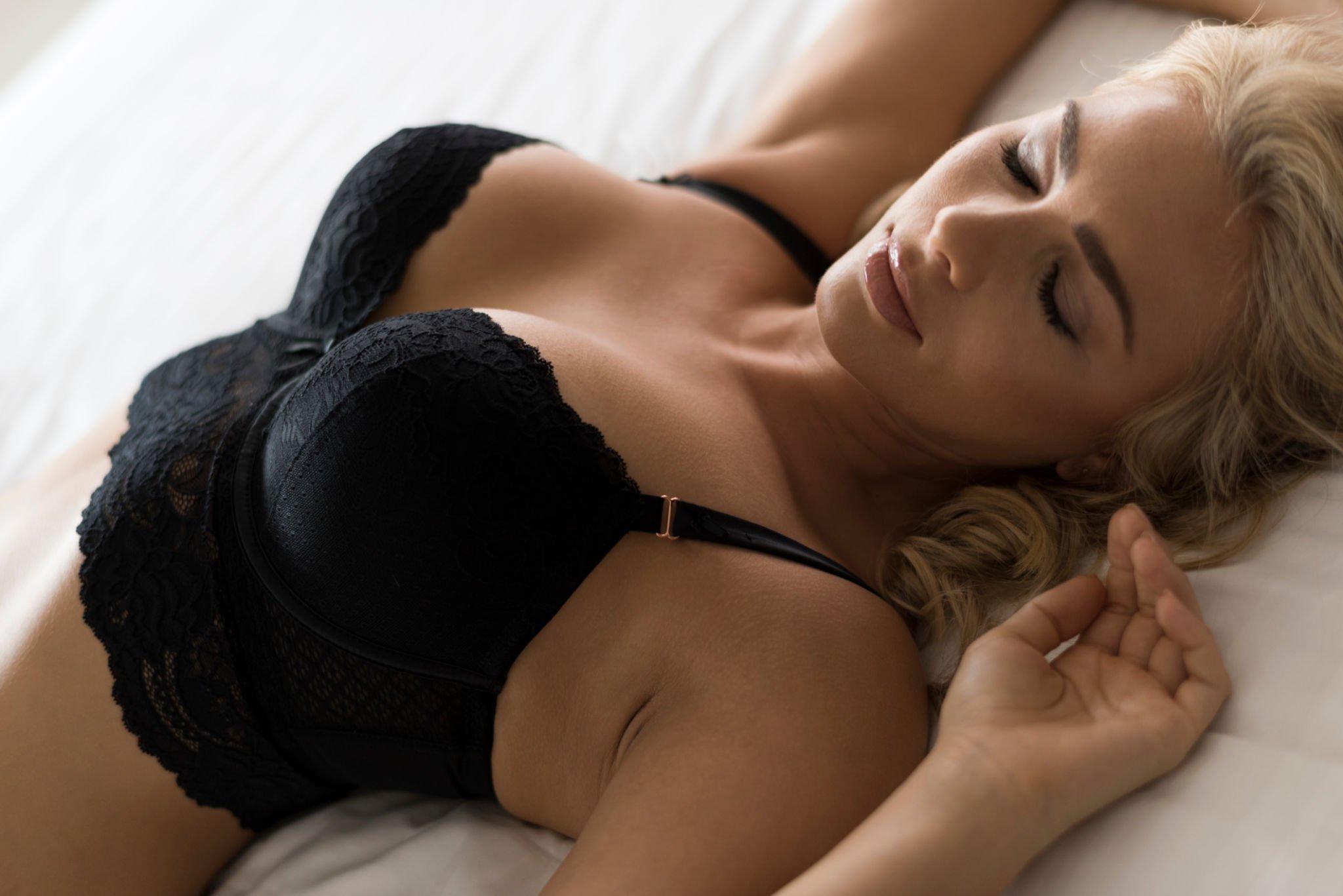Underwear is a must-have clothing for women and has a long history. It changes with people’s thinking and culture. In the early 20th century, women began to challenge conventional ideas about how they should behave. This has led to major changes in the types of clothing they wear underneath, such as underwear. In the middle of the 20th century, underwear changed a lot with the emergence of new products and improved designs. In the early 1900s, underwear was mostly plain and designed to shape a woman’s body without being visible under clothing. People used to wear hourglass shaped corsets to look stylish. However, the corset was very tight, causing discomfort and health problems for the wearer.
“Oh, God”, he thought, “what a strenuous career it is that I’ve chosen! Travelling day in and day out. Doing business like this takes much more effort than doing your own business at home, and on top of that there’s the curse of travelling, worries about making train connections, bad and irregular food, contact with different people all the time so that you can never get to know anyone or become friendly with them. It can all go to Hell! ” He felt a slight itch up on his belly; pushed himself slowly up on his back towards the headboard so that he could lift his head better; found where the itch was, and saw that it was covered with lots of little white spots which he didn’t know what to make of; and when he tried to feel the place with one of his legs he drew it quickly back because as soon as he touched it he was overcome by a cold shudder. He slid back into his former position. “Getting up early all the time”, he thought, “it makes you stupid.
In the 1920s, a new type of underwear called “camiknickers” became popular. They were a hybrid of a tank top and shorts, allowing women to move freely and show off their legs in a dance called the Charleston. The design focuses on making women’s clothing comfortable and functional, showing how women’s roles in society are changing. In the 1930s, Hollywood loved beautiful underwear made of fine materials such as silk and lace. They also love tight dresses and pajamas that accentuate their curves. In addition, the technology of making clothes has also been improved. This makes it possible to create underwear that is not only functional, but also more comfortable and supportive. During World War II, there was not enough material to make fine underwear. So people began to use strong cotton or viscose to make simple and practical underwear. More and more women are working and so are new underwear that are both comfortable and functional for their long working days.
In the 1950s, women began to wear more feminine clothing, such as bras that made their breasts appear more pointed and belts that made their waists appear thinner. This time the garments are designed to be comfortable and supportive, while still flattering the feminine figure. In the 1960s, people preferred to dress in a more relaxed, natural style. With the development of the first bras and the popularity of cotton briefs, underwear became more comfortable and easier to wear. Women can now choose underwear that they feel comfortable with and that suits their personal style without having to abide by traditional rules of propriety.

Taken together, changes in women’s underwear from the early to mid-20th century illustrate how perceptions of women’s social status have changed. Underwear has changed over time. What used to be uncomfortable corsets and fine silk dresses is now comfortable cotton underwear or camisoles. New designs and better materials for underwear ensure they fit, feel good and look good on the wearer. It will be interesting to watch how underwear changes to meet women’s needs over time.
His room, a proper human room although a little too small, lay peacefully between its four familiar walls. A collection of textile samples lay spread out on the table – Samsa was a travelling salesman – and above it there hung a picture that he had recently cut out of an illustrated magazine and housed in a nice, gilded frame. It showed a lady fitted out with a fur hat and fur boa who sat upright, raising a heavy fur muff that covered the whole of her lower arm towards the viewer. Gregor then turned to look out the window at the dull weather.





